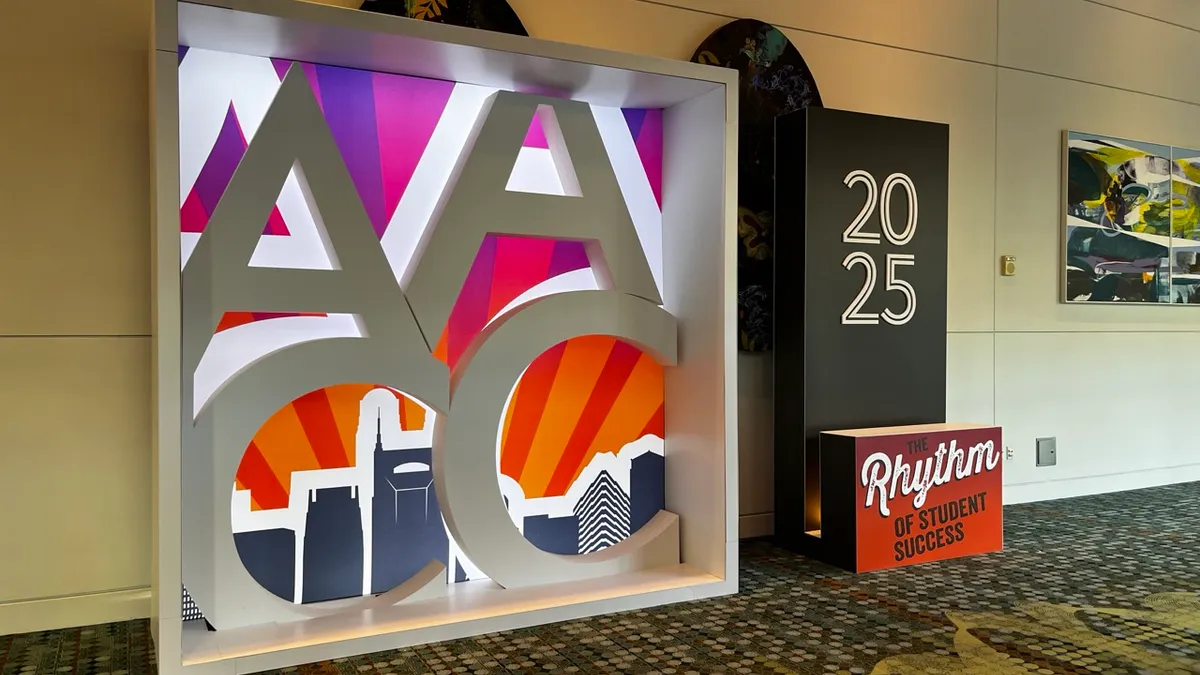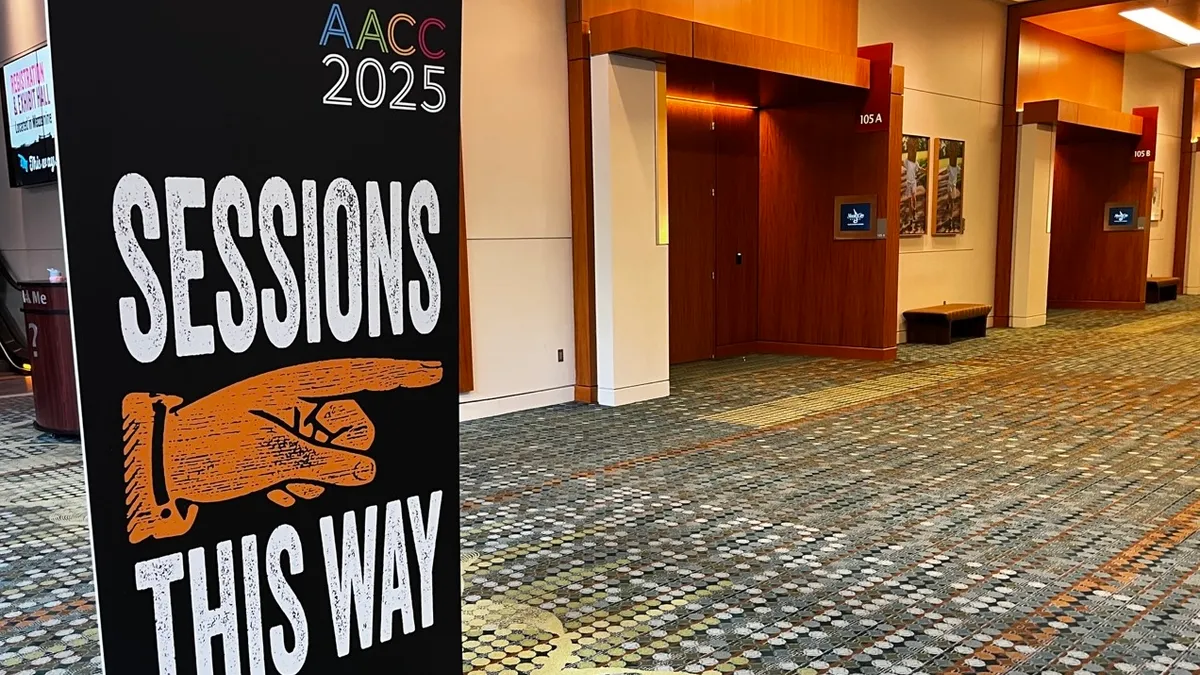When Onyx Degataga left Florida, she was searching for a sense of place. She first attended college in the state in 2013, but she left quickly, then took several years off.
She moved to Colorado and eventually completed an associate degree in outdoor education at Colorado Mountain College. She earned an internship through the U.S. Forest Service and is now on her way to also finishing a bachelor’s degree at CMC.
Degataga’s higher education journey has been possible because CMC is what is known as a dual mission college. These institutions typically serve many kinds of students and offer a variety of programs, from short-term credentials and associate degrees to bachelor’s degrees in liberal arts and master’s degrees.
Experts say this model helps meet students where they are and gives them momentum to complete their programs, as they don’t have to transfer to other institutions to complete higher-level credentials. Moreover, the dual mission model may help protect enrollment by presenting potential students with an easy and attractive model.
“The model buffers some of those really high peaks and valleys,” said Carrie Hauser, CMC’s president.
For Degataga, the college has provided not just a helpful academic model but the support she needs to succeed.
“There’s a lot of mentors here who have seen my potential and wanted to invest in that and it’s a very reciprocal interaction between us,” Degataga said. “You allow me to thrive, and I will keep giving back to the community.”
Characteristics of dual mission colleges
CMC is the only dual mission public college authorized in the state’s statute. The public college has 11 campuses, all of which are far from any other institution, Hauser said.
Hauser said many dual mission colleges are similarly rural.
“If we don’t offer it, learners have to go someplace else,” Hauser said. “Or more often than not, the data in Colorado would suggest, students then don’t progress at all into their next degree or next opportunity.”
But CMC can’t be everything to everyone. The college prioritizes programs that have a place in the local economy, like hospitality management, nursing and human services. In total, it offers seven bachelor’s degrees and about 50 associate programs.
“We don’t launch a program that can’t make it or that is not very connected to whatever that local economy is,” Hauser said. “You can pursue the liberal arts where you learn how to learn. And we also have programs that are going to teach you how to do.”
Some students pursuing associate degrees at the college already have bachelor’s degrees, Hauser said. And the college encourages stacking credentials.
However, dual mission colleges aren’t all alike. Some have different focuses and histories. Albany State University, for example, is a historically Black university that merged in 2015 with another public institution.
Creating academic momentum
The dual mission model has the potential to encourage students to stay enrolled and work toward completion, according to Chris Mullin, strategy director of data and measurement at the Lumina Foundation.
“It allows students to create what we call academic momentum by embedding academic attainment throughout the learning process,” Mullin said.
At Weber State University in Utah, about 70% of students who finish associate degrees there go on to finish their bachelor’s degrees with the university, said Ravi Krovi, the institution’s provost and vice president of academic affairs. The institution is one of three dual mission colleges in Utah’s public higher education system.
Krovi said the model is particularly good for students who previously attended college but did not earn their degrees, who often don’t want to spend four years in a bachelor’s program.
“The typical narrative is that they don’t want to go to college, but the data indicates that most of them want to reenroll. But the problem is that there are significant institutional barriers,” Krovi said. “Our dual mission model really fundamentally addresses the equity and access gaps which have resulted in higher education."
Students can meet milestones at multiple points along their academic career. For example, Weber State not only offers a certificate and associate degree in computer science, but a bachelor’s degree, post-baccalaureate program and master’s degree in the subject.
A rare model
Weber State’s model is not something every college can do or even consider. In many cases, there are legal and logistical reasons why public colleges aren’t allowed to offer both associate degrees and higher-level programs, Mullin said. In some states, universities may not be permitted to offer associate degrees in order to prevent competition with community colleges.
“Especially at public institutions, when you have two institutions in the same space offering the same credential, there’s a potential for people to think it’s a duplication of services and only one institution should offer that degree, otherwise it’s a waste of taxpayer dollars,” Mullin said.
Dual mission colleges often operate in a specific niche, but that can come with identity challenges. Lawmakers and observers can sometimes struggle to understand the institutions, which don’t fit neatly into categories.
“They kind of break the boundaries of the traditional Carnegie classifications,” said Joel Vargas, vice president of education at Jobs for the Future, a nonprofit organization focused on workforce development. “State policy isn’t designed to support their particular kinds of practices.”




















